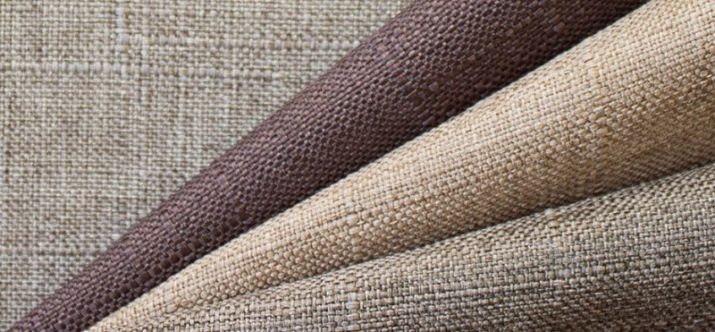What is canvas and where is the fabric used?
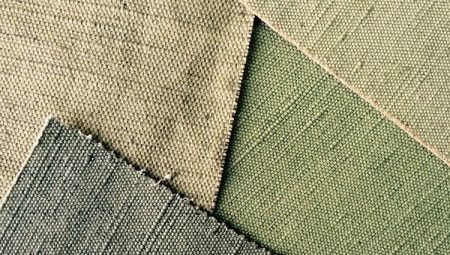
The composition and quality characteristics of canvas are of interest to many people. It is important to deal with semi-linen canvas fabric, cotton canvas and other types of material. You also need to find out the areas of application, the rules for caring for the fabric, options for self-coloring.

What it is?
The mass audience associates the word "sailcloth" with the fabric used on the sails of ancient and medieval ships. While this view is generally correct, it is hardly worth dwelling on. Canvas is made by sewing dense yarns. Such fibers are located as close as possible in a perpendicular pattern. Modern canvas, however, has gone far from its old prototype. It can include various synthetic inclusions. This (as well as the use of impregnations) allows you to significantly expand the capabilities of the fabric. Density and size are very different. In any case, the canvas is very dense and heavy. In Russia, hemp was mainly used for its production. The same was practiced in other countries. However, there could be types of canvas based on other fibers, including flax.

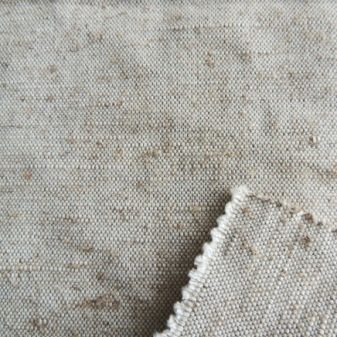
Several centuries ago, sailcloth was a strategic commodity. Its importance increased further during the period of great geographical discoveries, and only with the spread of steamships did it drop sharply. However, sailcloth was also used in clothing, and in the twentieth century, a new excellent material was created on its basis - tarpaulin.
It is known that the first sailing ships appeared 5000-5500 years ago. For a long time, the production of "running weapons" for them was carried out in more or less the same volumes.It was only in the late Middle Ages that the increase in the size of ships and their masts caused an increase in the demand for sailcloth. However, in the following centuries, the increase in the carrying capacity of sailing ships and their number (more and more goods had to be transported) caused an even greater increase in production.
In the XX and XXI centuries, this matter is made much less often than in the past centuries.

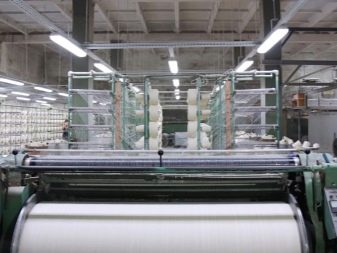
Basic properties
Any canvas fabric, from whatever fibers it is made, is distinguished by its density and rough texture. She is always fat. In terms of density, the most outstanding indicators are achieved by the classic hemp canvas. However, it is expensive and is extremely rare since the de facto ban on growing cannabis. In any case, regardless of the type of fibers, a characteristic feature of the sail fabric is their perpendicularity to each other. It is this technological solution that provides high density. It is at least 0.38 kg per 1 sq. m. In ordinary sailcloth, this level reaches only 0.42 kg.
However, there are types of products with a density of 0.5 kg per 1 m2 and higher. Both ancient and modern canvas fabric has a more or less identical set of characteristics, differing only slightly depending on its origin. It is very durable and stable. The sail fabric will not be particularly susceptible to mechanical defects. Tearing it apart is extremely difficult, even if you try to do it on purpose. There is nothing surprising: only such a reliable fabric suited the sailors of the era of the sailing fleet, because the performance of flights, and sometimes life itself, depended on its stability. Today, there are also many areas where strong and reliable sailcloth serves people.

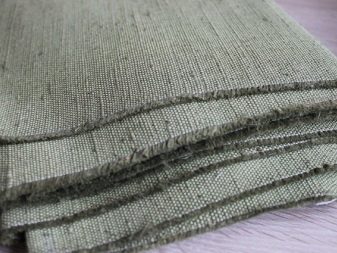
Correctly selected impregnations provide long-term resistance to dampness and decay. This point has also been traced for a long time. The only difference is that hydrophobic properties are provided differently these days. The canvas is easy to care for, and it serves without losing its original state for a long time. This property was certainly appreciated by sailors in the past, because they always had many other things to do besides cleaning and tidying up the sails.
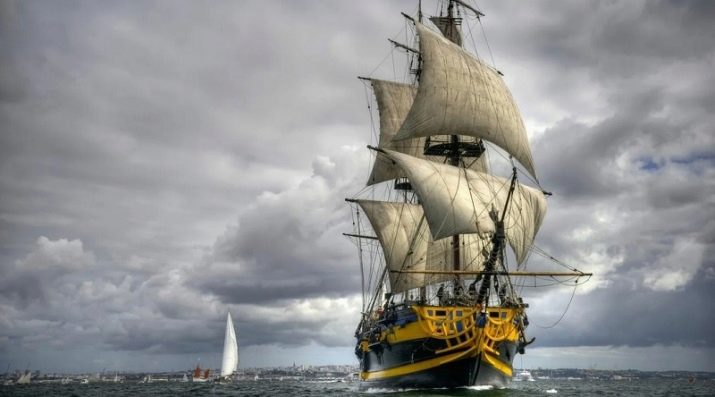
Another important point typical of canvas fabric is its suitability for extreme weather conditions and temperature fluctuations. And again, such a circumstance turned out to be useful in maritime affairs. A ship with one set of "sailing equipment" could be sent both to tropical regions and to the waters of the northern seas.
The canvas allows air to pass through well and does not allow even a small amount of water to pass through. This property is attractive for tourist and sportswear even in the 21st century.
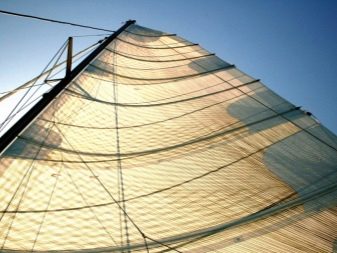
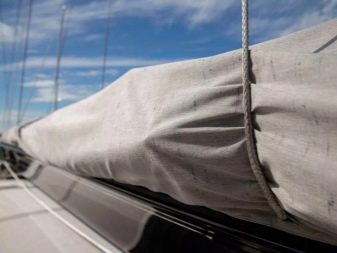
Basically, canvas fabric is made from pure plant materials. It is environmentally and sanitary safe and meets all hygiene requirements. At the same time, the disadvantages of the material are a continuation of its own advantages. Due to its density, clothes and other products made from it will be very heavy. Therefore, such fabric is used to a limited extent and is experiencing strong competition from proven modern counterparts.

Sailcloth is favored by its high fire resistance. Even ancient samples of such matter were engulfed in flames with great difficulty. Improved impregnations have further reduced this risk. The abrasion effect for sail fabric is also not too dangerous. It is mainly produced in gray-beige and khaki colors, although technologists can choose other colors as well.
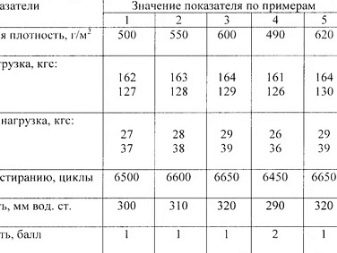

Views
The canvas material is divided according to the textile composition. Hemp matter is extremely rare and once dominated almost the entire world. Now the popularity rating is something like this:
- pure linen fabric;
- semi-linen canvas;
- fabric based on cotton;
- jute products;
- mixed fabric (including with synthetic additives).
Color gradation is also important.The original raw canvas comes in a variety of colors. These are mainly yellowish or greenish tones. In some cases, a darker, almost brown color is found.
Under the condition of processing and dyeing, canvas fabric can acquire almost any color.
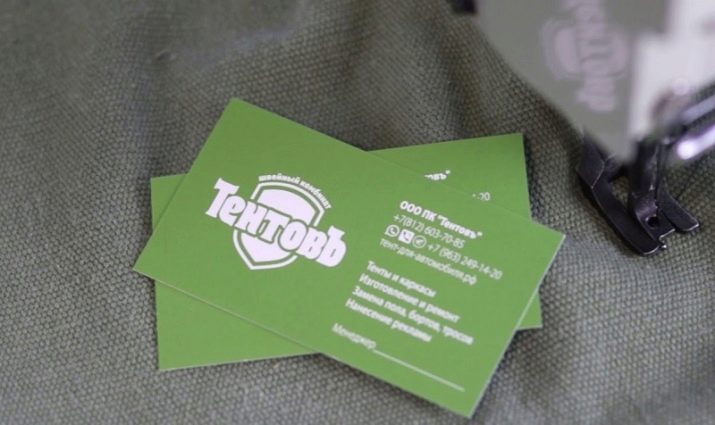
The white variety is obtained by bleaching. It is she who, by default, is allowed to equip modern sailboats and manufacture clothing. After smooth dyeing, mostly natural tones are obtained from the light or dark part of the spectrum. Bright colors are rarely used. Thick canvas, after the introduction of special impregnations in accordance with GOST of 1993 and its earlier counterparts, is called tarpaulin.
Interestingly, this standard-compliant tarpaulin contains no synthetic additives. Impregnations can be designed to improve:
- fire resistance;
- water resistance;
- resistance to destruction by light;
- repelling dirt;
- resistance to decay.
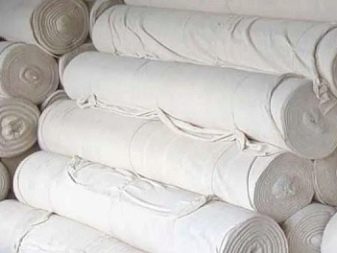
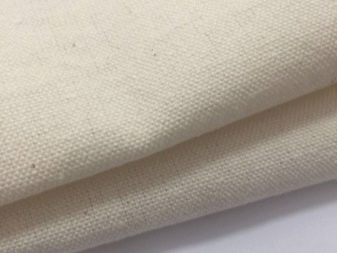
Applications
Quality canvas is used in several areas.
clothing
Canvas clothing and footwear are in great demand. They retain their original appearance for a long time. There is little tendency to rupture. Plus canvas is stylish. And on top of that it is environmentally friendly. Jackets, mittens, windbreakers, and trousers are made of it.
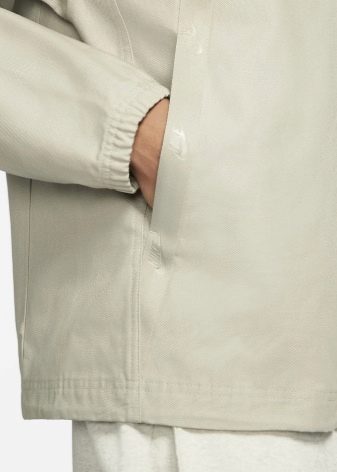
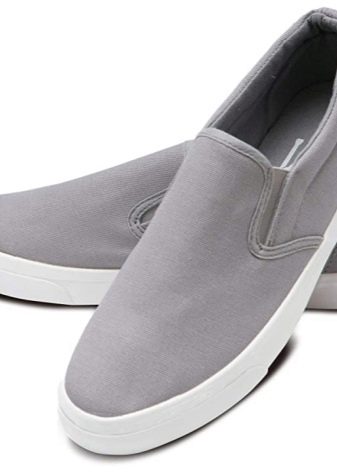
Industry
Here the sailcloth is used as workwear. Its protective properties are valued in:
- mechanical engineering;
- chemical industry;
- metallurgy;
- metalworking.

Curtains
These curtains are rude. They are used more often not in homes, but mainly:
- in warehouses;
- in offices;
- in workshops;
- in service garages (wherever strength and reliability, resistance to dust and sunlight are more important than grace);
- like curtains in brutal interior styles.
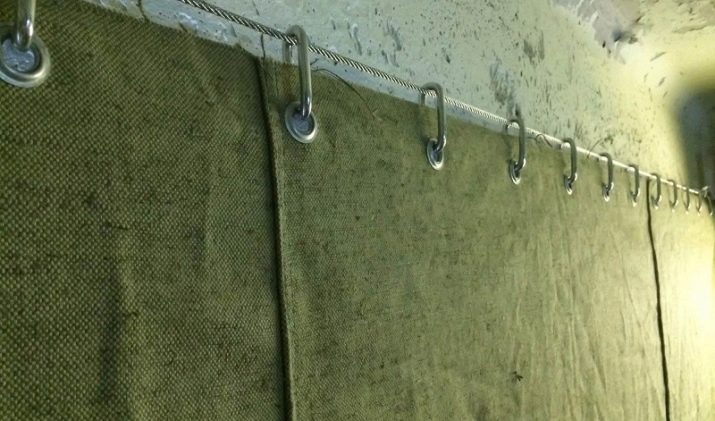
Painting
Quite good pictures are obtained on canvas. The tarpaulin is quite affordable. His canvas has a very different size. This will appeal to those artists who do not want to limit themselves to the size of a regular canvas. And, of course, resistance to weather conditions such as moisture is also beneficial.
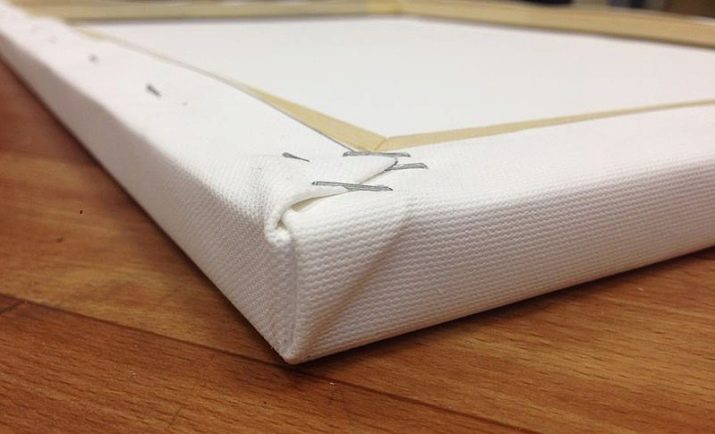
Sport
In sports tourism, canvas backpacks, tents, awnings are in demand. Trampolines are also made from canvas. It is also possible to use it for historical purposes (during various regattas). The canoe is covered with sailcloth. It is used in martial arts uniforms.
The use of canvas does not end there. Bags made from it are highly valued for their attractive appearance and durability. Additionally worth mentioning:
- car covers;
- furniture upholstery;
- bedspreads;
- bags;
- dolls and other decorative items;
- canopies;
- office and workshop temporary partitions;
- decorative items in ecological and ethnic style;
- awnings.
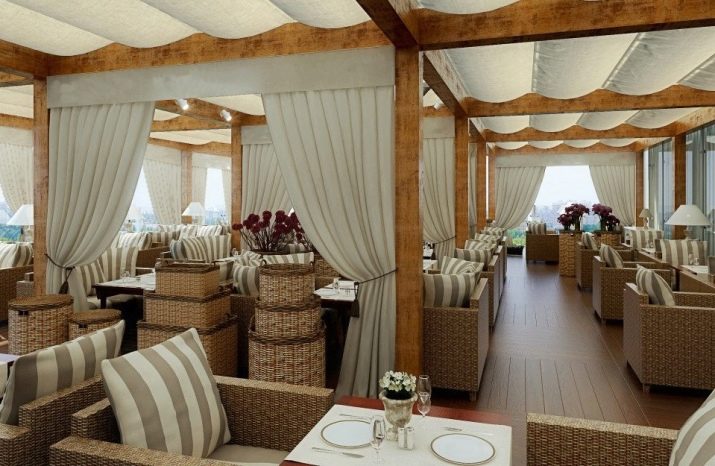
Care rules
As noted, no special care is needed. You should only take into account the recommendations for a specific type of fabric. Damp canvas should be dried whenever possible. It is ventilated at least once every 6 months. Wipe off stains on large items with soapy water. Canvas clothes are washed gently, usually without ironing.

How to paint at home?
For this purpose, only aniline dyes are suitable. The coloring itself goes in boiling water. Salt is used together with the coloring matter. The ratio of components, including water, is indicated in the instructions.
After boiling for 60 minutes, the canvas is taken out and rinsed by hand in cold water mixed with vinegar.
